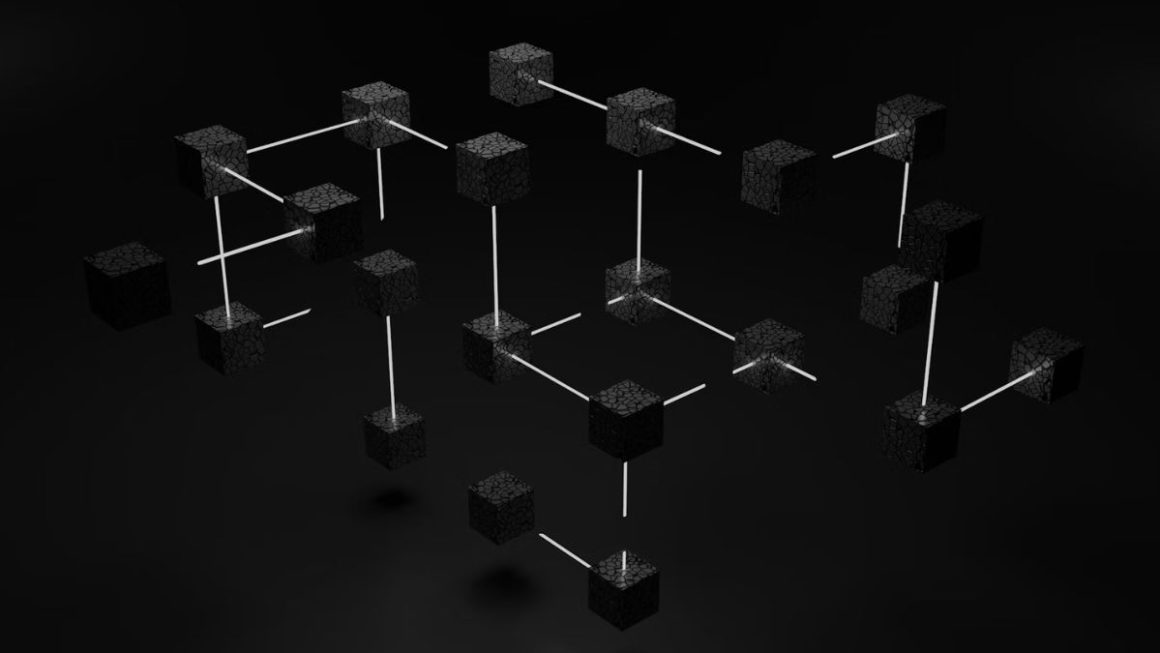Fiber For Your Business, On this point, however, we must be cautious. The semaphore created by AGCOM refers only to the type of access connectivity but does not consider the connectivity’s actual performance.
The real performance of connectivity, especially as regards the needs of companies, depends on the network architecture, the operator’s ability to manage the types of traffic, and many other factors such as:
- the total number of users sharing the same fiber-optic access cable
- the performance of the operator’s transport network and the overbooking policies applied: overbooking means selling a greater amount of bandwidth than that which the technological potential put in place allows to support
- the operator’s ability to manage traffic flows in real-time to avoid bottlenecks and ensure connection stability
- The efficiency of the internal company network (LAN) and the possible use of high bandwidth consumption services.
This is why it is important not to chase commercial offers that promise impressive speeds and work with a trusted operator. To choose awareness, it’s essential to know how to orient yourself among the various fiber types, actual or presumed.
Table of Contents
How many fiber types are there, and how do they affect browsing speed?
There are many types of connectivity that use fiber.
They are usually referred to in the English terminology as Fiber to the X (FTTx).
In the commercial offers of the operators, the X is usually replaced by other letters indicating the closest point to the company reached by the fiber connection.
Hence the many acronyms (FTTH, FTTC, FTTB, FTTS) often confuse users. Not all of these acronyms can truly be considered fiber.
Finding your way around is simple: you need to consider two broad categories: dedicated fiber and shared fiber, to get the best performance.
Tailored performance with dedicated optical fiber
What AGCOM identifies as true fiber falls into the Fiber to the Home or FTTH type?
In all connections of this type, the optical fiber directly reaches the user’s site. However, performance
(as well as price) can vary greatly depending on whether the fiber is dedicated or shared.
The dedicated fiber directly connects the router at the Customer’s premises with the operator’s Point of Presence (PoP), i.e., the point (usually a central) where the operator has located the fiber cabinet that allows access to the backbone its transport network.
The access cable is used exclusively by a single customer with the dedicated fiber.
This network architecture ensures consistent performance, with speeds up to 1 Gbps symmetrical or higher, and greater resilience.
The power of the Dark Fiber
Given the growing need for bandwidth on the part of companies, the most advanced operators also can use the Dark Fiber to offer dedicated tailor-made connections between the Customer offices or from the company offices to the PoPs or Data Centers of the providers.
Technically, the Dark Fiber or dark fiber is nothing more than an “off” fiber optic cable, the same as those used by operators to build transport networks.
On a project basis, some operators can make these dedicated connections available to customers with special needs.
The Dark Fiber can therefore be activated, thanks to the help of very high-performance routers, allowing to reach speeds higher than 10 Gbps symmetrical, with minimum latency times and effortless scalability. This last aspect makes it possible to adapt the amount of bandwidth available to the varying needs of companies.
Shared fiber: FTTH and FTTB
The currently most common categories of true fiber, according to Agcom standards, fall under shared connectivity.
We are talking about FTTH and FTTB made mainly in GPON (Gigabit Passive Optical Network) mode.
With the GPON, the connection passes through a building switch or a street cabinet before arriving at the operator’s PoP and is used by multiple users sharing the bandwidth.
The theoretical speed of a shared fiber can reach up to 1 Gbps in download, but the real performance depends on many factors, such as simultaneous use.
In this case, only the operator’s constant monitoring of volumes and types of traffic can protect the quality of the service.
There are many acronyms to indicate this type of connectivity, but the most common are FTTH (Fiber to the Home) and FTTB (Fiber to the Building).
The fiber arrives directly at home or the individual company headquarters in the first case. In the second case, the thread reaches a building and is then distributed among several users (e.g., apartments, hotels, schools, or shared offices) using copper connections only inside the building.
Is FTTC real fiber?
Another widespread connectivity is FTTC (Fiber to the Cabinet).
Even if the term fiber appears in the definition, in this case, it would not be correct to use it for commercial purposes. According to Agcom standards, the FTTC is not real fiber (the yellow dot with the indication fiber plus copper identifies it).
In the FTTC, the fiber optic connection arrives in an external cabin very close to the user’s seat. The site is reached with a twisted pair in VDSL or VDSL2 technology.
The maximum download speed of a VDSL is around 100 Mbps (20 for upload). When the distance of the cabinet from the company headquarters exceeds 700 meters, the performance begins to decline. If you exceed 1500 meters, the version becomes similar to a classic ADSL.
For completeness of information, it is good to point out the existence of other less common acronyms such as FTTE (Fiber to the Exchange) and FTTN (in this case, the N stands for Node). In both cases, these solutions use copper accesses and have similar or lower performance than ADSL.
The decalogue to choose the best connectivity in the company
A company needs a stable and efficient voice and data connections to work well. Having fiber optic access is not a sufficient condition to obtain these results.
What makes the difference are the services provided by the operator on the network and, therefore, less conspicuous elements such as connection stability, network management capacity, and assistance levels.
Here is a brief guide to choosing a reliable provider for connectivity:
- availability of the best access technologies for each company site
- clear contractual conditions on performance (e.g., minimum guaranteed bandwidth) and problem resolution times
- activation of the lines only after positive technical verification of their operation
- high-performance transport network for latency times, packet loss, and round trip delay
- connections with the main interchange nodes of the network (e.g., MIX and Namex)
- ability to manage internet traffic in real-time to avoid slowdowns and to constantly adapt its services to the actual habits and real needs of its customers
- availability of backup services in fiber or alternative technologies (e.g., copper, FTTC, radio, FWA) that guarantee business continuity if the main line fails
- supply of efficient equipment for the management of fiber connectivity (e.g., modem and router) with constant software updates
- possibility to verify in real-time and in a transparent way the actual bandwidth consumption by the Customer
- Assistance services are able to foresee any breakdowns and restore the functionality of the benefits quickly.
Also Read : Business Continuity And Backup Service: 5 Useful Tips To Protect Your Business




